Is Australia A Country Or A Continent?

- Australia is both a continent and a country.
- Australia is the smallest continent on Earth, but also the sixth biggest country in the world.
- Australia is a sovereign state with its own government and economy.
- Australia has a unique national identity.
Australia is both a continent and a country. It is located to the south of Indonesia and Papua New Guinea, in the southeast part of the Indian Ocean. New Zealand lies to its east, and most of the Indian Ocean lies to its west. Antarctica can be found to Australia’s south. The Australian continent consists of the mainland, as well as the island of Tasmania, which lies to the south of mainland, across the Bass Strait. It also includes many smaller islands, such as Kangaroo Island, Christmas Island, and the Cocos (Keeling) Islands. Australia is the world’s smallest continent, though it is also the sixth-largest country in the world. The total land area of Australia is 7,682,300 sq. km.
What Makes Australia A Continent?
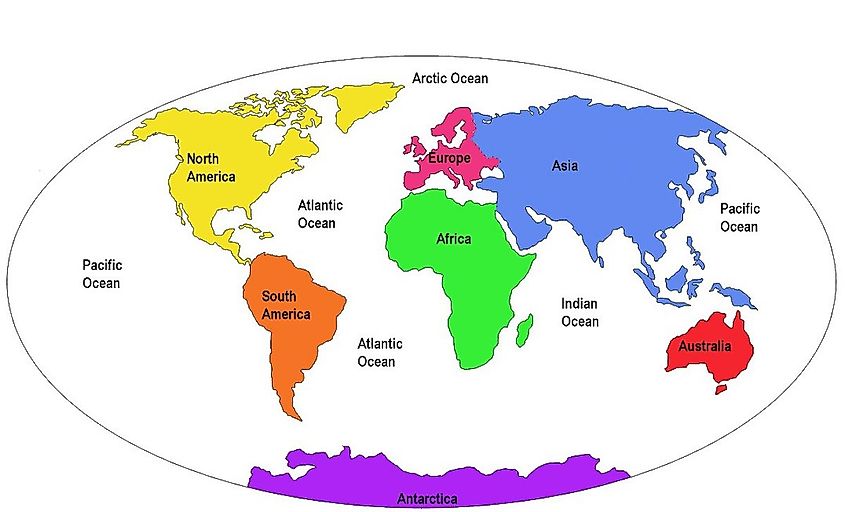
Defining a continent can be tricky. In fact, there is even disagreement on how many continents there are in the world. For example, many people in Russia, the rest of Eastern Europe, and Japan consider Europe and Asia to be one continent, known as Eurasia. In some countries, North and South America are considered one continent, while Europe and Asia are divided. There are even some who believe that Europe, Asia, and Africa should be considered one united continent because they are all joined together by land. The most prevailing view, however, is that there are seven continents in the world, and one of them is Australia.
There is also a widely accepted view of what a continent is. This view defines a continent as a large, continuous, distinct landmass, preferably separated by a vast expanse of water. This definition is problematic because many of today’s continents are not separated by vast expanses of water. In fact, all the continents are connected by land to at least one other continent, with one exception: Australia. Australia is surrounded by vast expanses of water on all sides. Thus, one could argue that it meets the prevailing definition of a continent better than most other continents.
What Makes Australia A Country?
In addition to being a continent, Australia is also a country, which is officially known as the Commonwealth of Australia. The country was officially created in 1901, when the British Parliament allowed the six separate British colonies on the continent to unite into one dominion. From then on, Australia governed its own domestic affairs, though its foreign policy was still determined by the British government, as Australia was a dominion of the British Empire. In 1931, however, the British government approved what was known as the Statute of Westminster, which gave Australia and the other dominions of the British Empire control over foreign policy, though this law was not formally adopted by Australia until 1942. Thus, Australia became a fully sovereign country.
Administrative Divisions
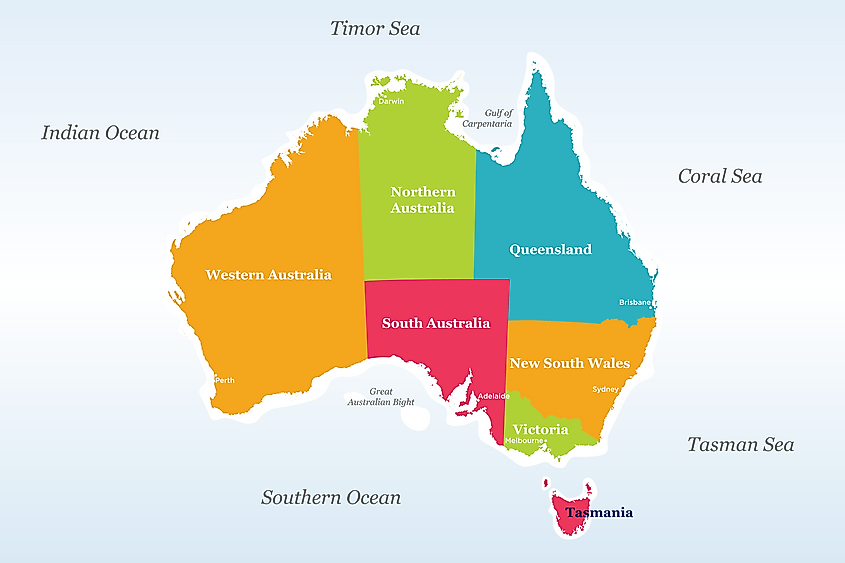
Today’s Commonwealth of Australia is a constitutional monarchy, which means that the British monarch is the head of state, but serves only a ceremonial function, whereas the real power lies in the hands of the Australian people and their elected representatives. Australia is structured as a federation, similar to how the United States is structured. The Australian federation consists of six entities known as states, and ten other entities known as territories. The states are New South Wales, Queensland, South Australia, Tasmania, Victoria, and Western Australia. These states have certain powers delegated to them under the Australian constitution, while other powers are the exclusive domain of the country’s federal government, based in the Australian capital, Canberra.
In contrast, the territories either have varying degrees of autonomy, or are under the direct control of the federal government. The two mainland territories, the Australian Capital Territory (ACT), where Canberra is located, and the Northern Territory have been given limited self-governing powers by the federal government. The website of the Australian federal government notes that these two territories are treated very much as if they were states because of their sizeable populations. Another territory, Norfolk Island, used to have self-governing powers, but these were largely taken away by the federal government in 2015. Australia’s eight other territories are under the direct control of the federal government.
Federal Government
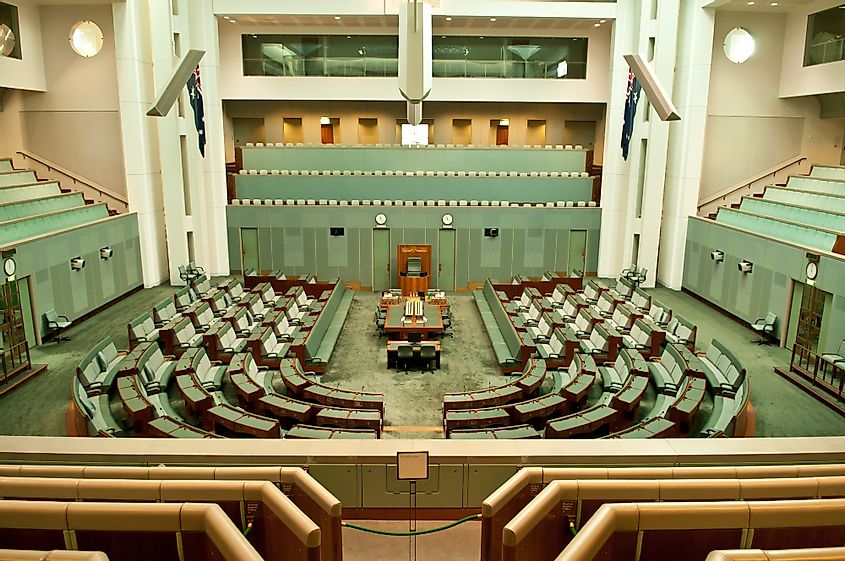
The federal government of Australia has an executive branch led by a Prime Minister, who heads a cabinet. The legislative branch of Australia’s government is known as the parliament. It is a bicameral legislature, which means that it has two legislative organs or houses. The lower house is known as the House of Representatives. The upper house is known as the Senate. Like the U.S. House of Representatives, the Australian counterpart is structured on a representation by population model, which means that the more populous areas of the country have more representatives than less populated areas. The Australian senate also resembles the US Senate. Each Australian state elects 12 senators, while the Northern Territory and the Australian Capital Region elect two each. In addition, the Australian judicial branch operates very much like the federal judiciary in the US. The High Court of Australia is the equivalent of the US Supreme Court. The state governments of Australia largely parallel the structure of the federal government. Thus, they have their own executive, legislative, and judicial branches.
Economy
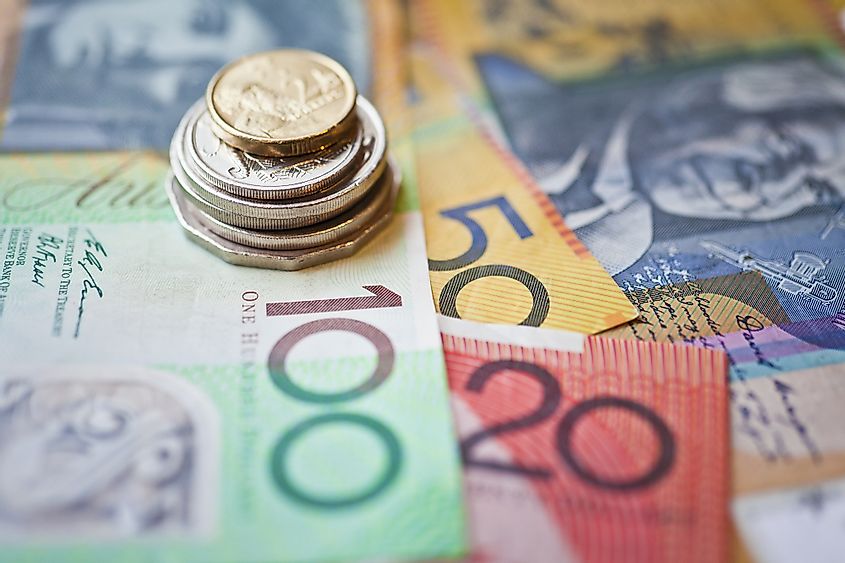
As a sovereign state, Australia not only has its own government, but its own economy as well. This includes its own currency, the Australian dollar. The economy of Australia, valued at about 1.323 trillion U.S. dollars, is the 13th largest in the world, and one of the wealthiest in the Asia-Pacific region. Australia’s economy has also been rated the 3rd freest economy in the world, according to the 2021 Index of Economic Freedom. Moreover, Australia has free trade agreements with 15 different countries, including the U.S., China, Japan, South Korea, and the Association of Southeast Asian Nations (ASEAN).
National Identity
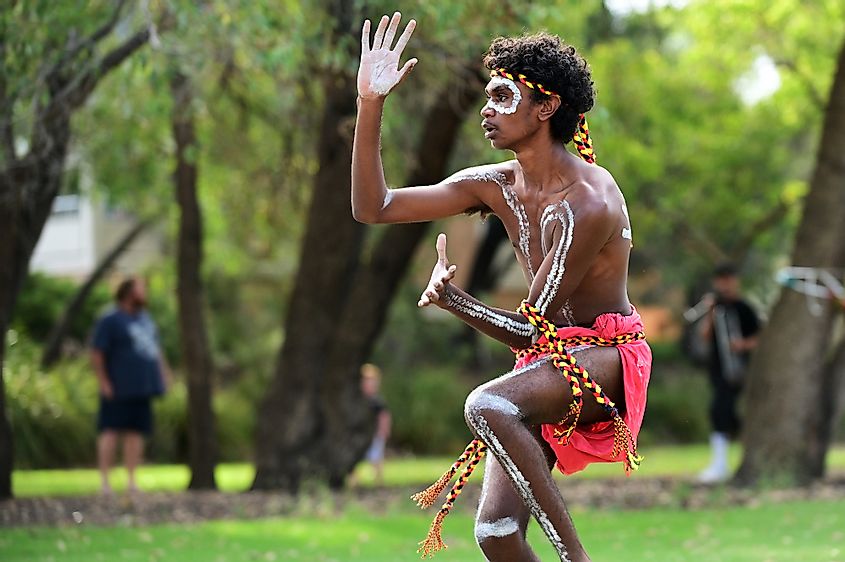
What else makes Australia a country? Its people, of course. More than 25 million people call Australia home. Often nicknamed, “The Land Down Under,” because of its location in the world’s southern hemisphere, Australia has a national identity all its own. This identity is often popularized in movies and TV, but there is a lot more to it than what appears on the big or small screen. Australians are often known for having egalitarian views, meaning that they are very supportive of concepts like universal healthcare and publicly-funded education. Australians are also very diverse, with a variety of different population groups ranging from the indigenous Aborigine groups that lived in the country thousands of years before any Europeans arrived, to growing numbers of Asians and Africans. Thus, Australia is a lot more than kangaroos, boomerangs, and Foster’s beer.







